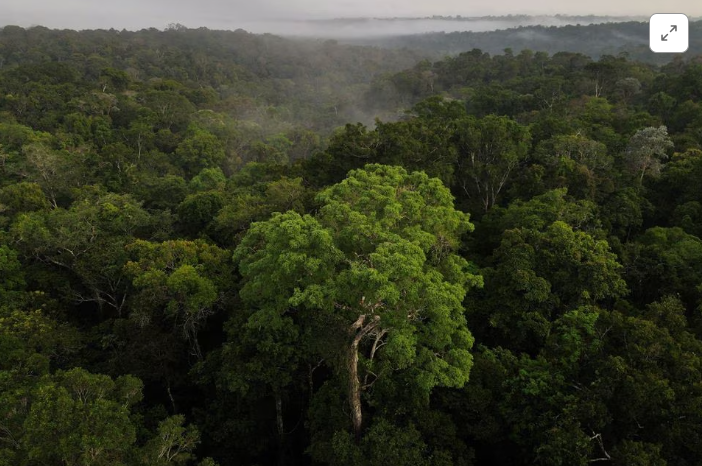
The forest's carbon emissions amounted to 0.44 billion metric tons in 2019 and 0.52 billion metric tons in 2020, compared to an annual average of 0.24 billion metric tons from 2010-2018, according to the INPE study published in Nature magazine.
The study attributed the rise in a large part to an increase in deforestation, researcher and leader of the study Luciana Gatti said.
Deforestation in the world's largest rainforest hit a 12-year annual high in 2020, with 11,088 square kilometers (2.7 million acres) destroyed.
Since taking office in January, President Luiz Inacio Lula da Silva has promised to end deforestation by 2030 and to erase the policies of his far-right predecessor Jair Bolsonaro, who served as president from 2019 to 2022 and slashed environmental protection efforts.
The research also showed the number of fines imposed by enforcement agencies for illegal deforestation in the Amazon fell by half in 2020 compared to the levels recorded between 2010 and 2018.
The study relied on carbon dioxide samples collected by hundreds of research flights over the region between 2010 and 2020.
Deforestation in Brazil's Amazon fell in July to its lowest monthly level since 2017. INPE data showed 500 square km (123,000 acres) of rainforest were cleared in the month, a 66% drop from the same period a year ago.